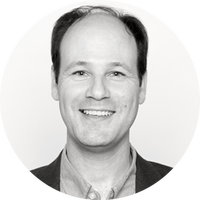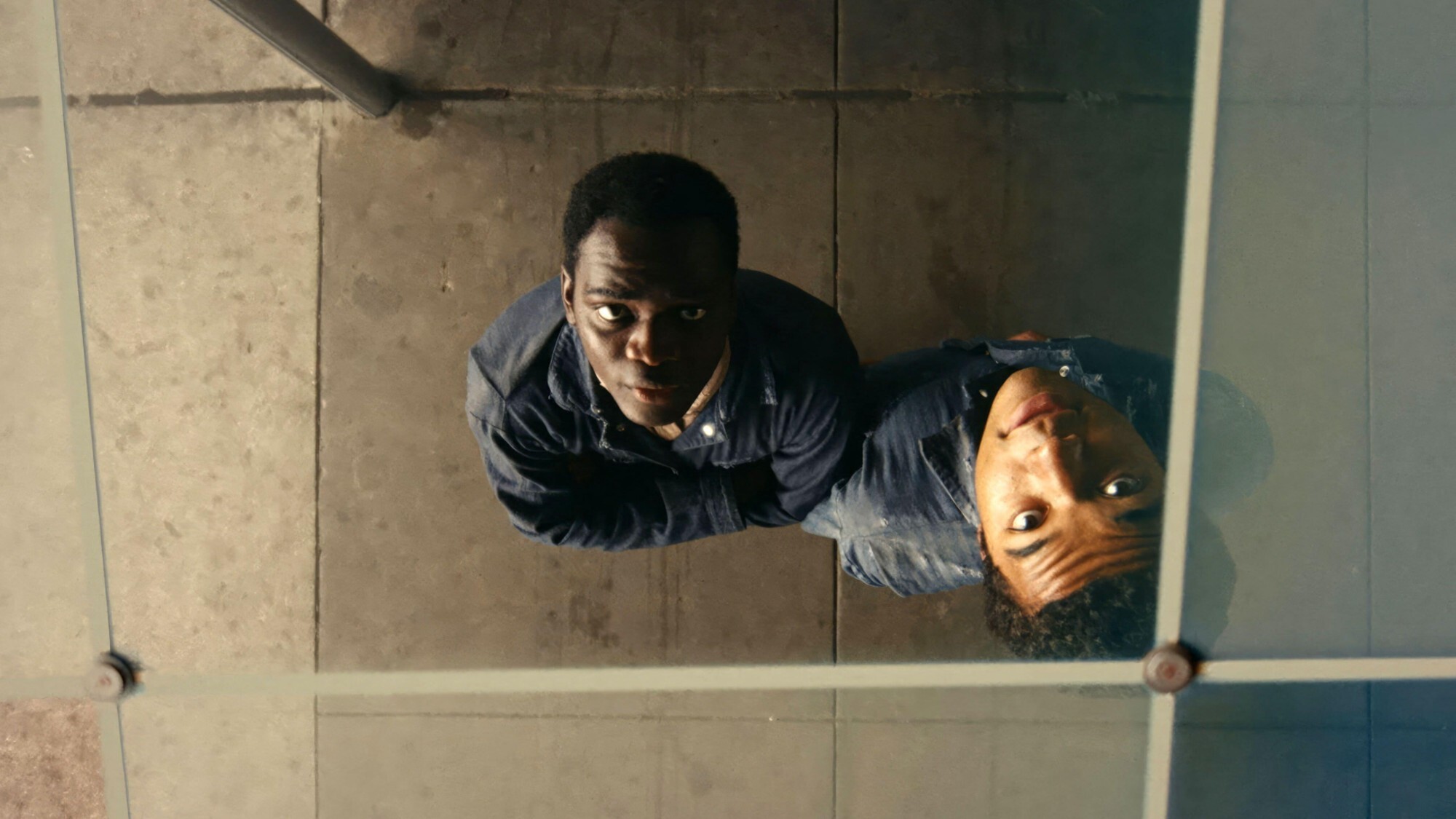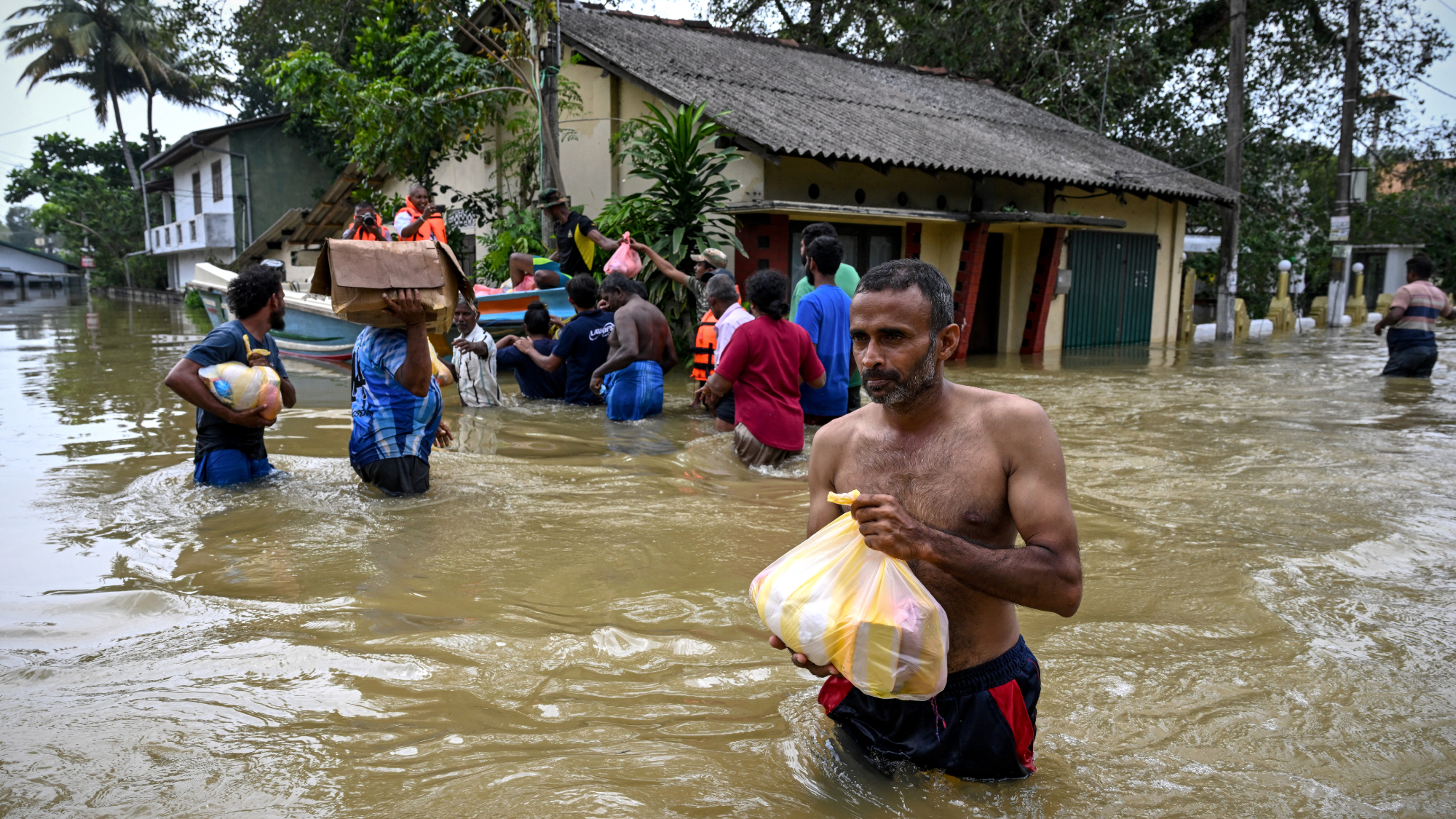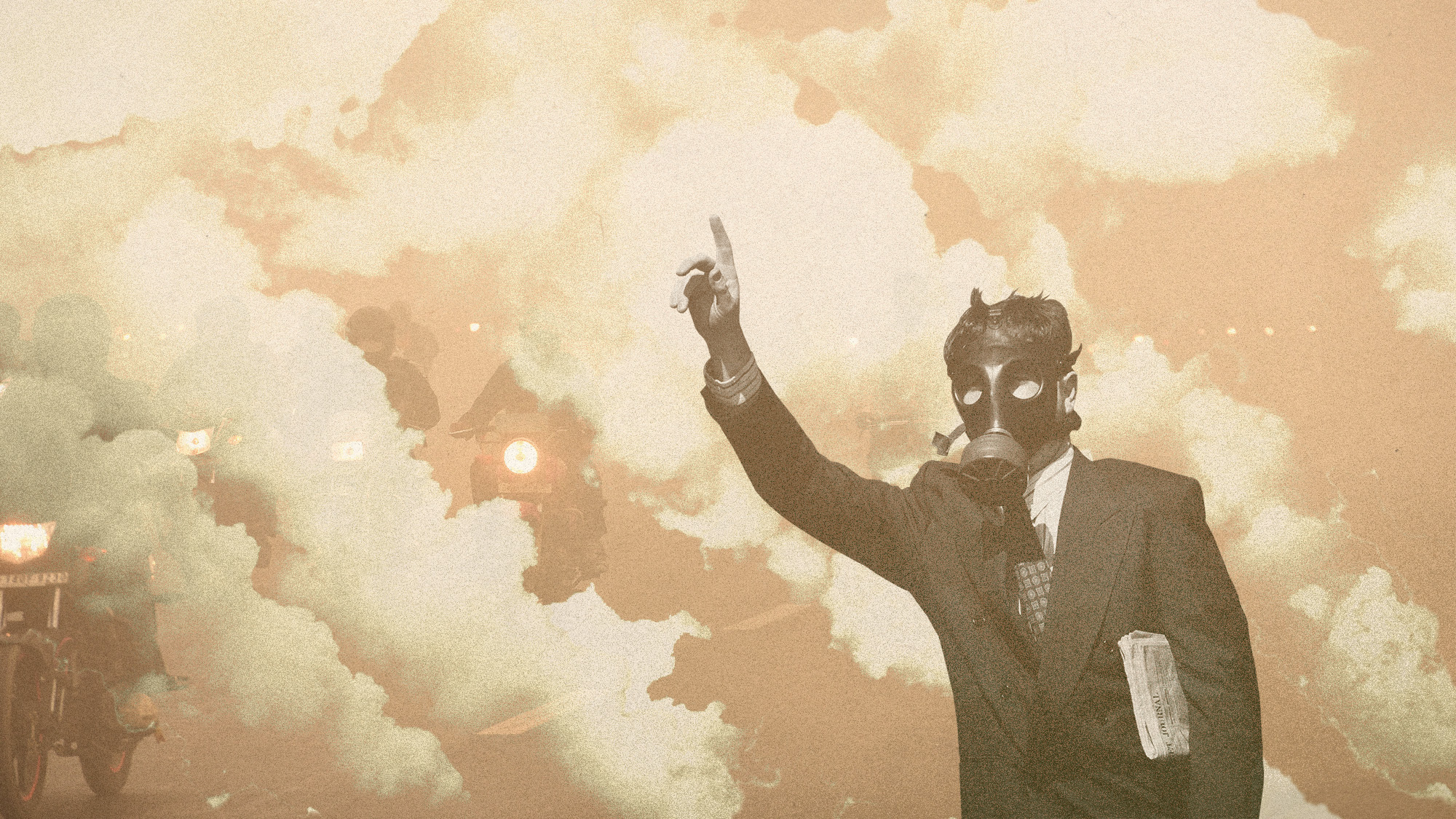EPA limits carcinogenic emissions at 218 US plants
The new rule aims to reduce cancer-causing air pollution in areas like Louisiana's 'Cancer Alley'


What happened
The Environmental Protection Agency finalized a rule Tuesday that will require 218 chemical plants to reduce toxic and carcinogenic airborne pollutants, aiming to reduce the number of people with elevated cancer risk by 96% nationwide. The rule targets ethylene oxide, used for sterilizing medical devices, and chloroprene, used to make rubber in footwear, plus four other chemicals. More than half the affected plants are in Texas and Louisiana, including a strip of factories and adjacent communities known as Cancer Alley.
Who said what
These "strong final standards" will "slash pollution, reduce cancer risk and ensure cleaner air for nearby communities," said EPA Administrator Michael Regan.
The commentary
The new regulations, based on "deeply flawed" methodology, "threaten to affect the production of chemistries that are needed for countless everyday products" and "key industries," said Tom Flanagin, spokesperson for the American Chemistry Council. For the families living near these plants, "in a very real sense this is about life and death," said Earthjustice's Patrice Simms.
The Week
Escape your echo chamber. Get the facts behind the news, plus analysis from multiple perspectives.

Sign up for The Week's Free Newsletters
From our morning news briefing to a weekly Good News Newsletter, get the best of The Week delivered directly to your inbox.
From our morning news briefing to a weekly Good News Newsletter, get the best of The Week delivered directly to your inbox.
What next?
The rule will take effect soon after it is published in the federal register.
A free daily email with the biggest news stories of the day – and the best features from TheWeek.com
Peter has worked as a news and culture writer and editor at The Week since the site's launch in 2008. He covers politics, world affairs, religion and cultural currents. His journalism career began as a copy editor at a financial newswire and has included editorial positions at The New York Times Magazine, Facts on File, and Oregon State University.
-
 A lemon-shaped exoplanet is squeezing what we know about planet formation
A lemon-shaped exoplanet is squeezing what we know about planet formationUnder the radar It may be made from a former star
-
 Political cartoons for January 4
Political cartoons for January 4Cartoons Sunday's political cartoons include a resolution to learn a new language, and new names in Hades and on battleships
-
 The ultimate films of 2025 by genre
The ultimate films of 2025 by genreThe Week Recommends From comedies to thrillers, documentaries to animations, 2025 featured some unforgettable film moments
-
 Death toll from Southeast Asia storms tops 1,000
Death toll from Southeast Asia storms tops 1,000speed read Catastrophic floods and landslides have struck Sri Lanka, Indonesia, Thailand and Malaysia
-
 ‘Like a gas chamber’: the air pollution throttling Delhi
‘Like a gas chamber’: the air pollution throttling DelhiUnder The Radar Indian capital has tried cloud seeding to address the crisis, which has seen schools closed and outdoor events suspended
-
 How will climate change affect the UK?
How will climate change affect the UK?The Explainer Met Office projections show the UK getting substantially warmer and wetter – with more extreme weather events
-
 The Southern Ocean is holding in a ‘burp’
The Southern Ocean is holding in a ‘burp’Under the radar The heat from the past can affect the future
-
 Builders return to the stone age
Builders return to the stone ageUnder the Radar With brick building becoming ‘increasingly unsustainable’, could a reversion to stone be the future?
-
 Hurricane Melissa slams Jamaica as Category 5 storm
Hurricane Melissa slams Jamaica as Category 5 stormSpeed Read The year’s most powerful storm is also expected to be the strongest ever recorded in Jamaica
-
 Scientists want to use enhanced rock weathering to cool the Earth
Scientists want to use enhanced rock weathering to cool the EarthUnder the radar Rock dust could trap atmospheric carbon
-
 Renewables top coal as Trump seeks reversal
Renewables top coal as Trump seeks reversalSpeed Read For the first time, renewable energy sources generated more power than coal, said a new report
